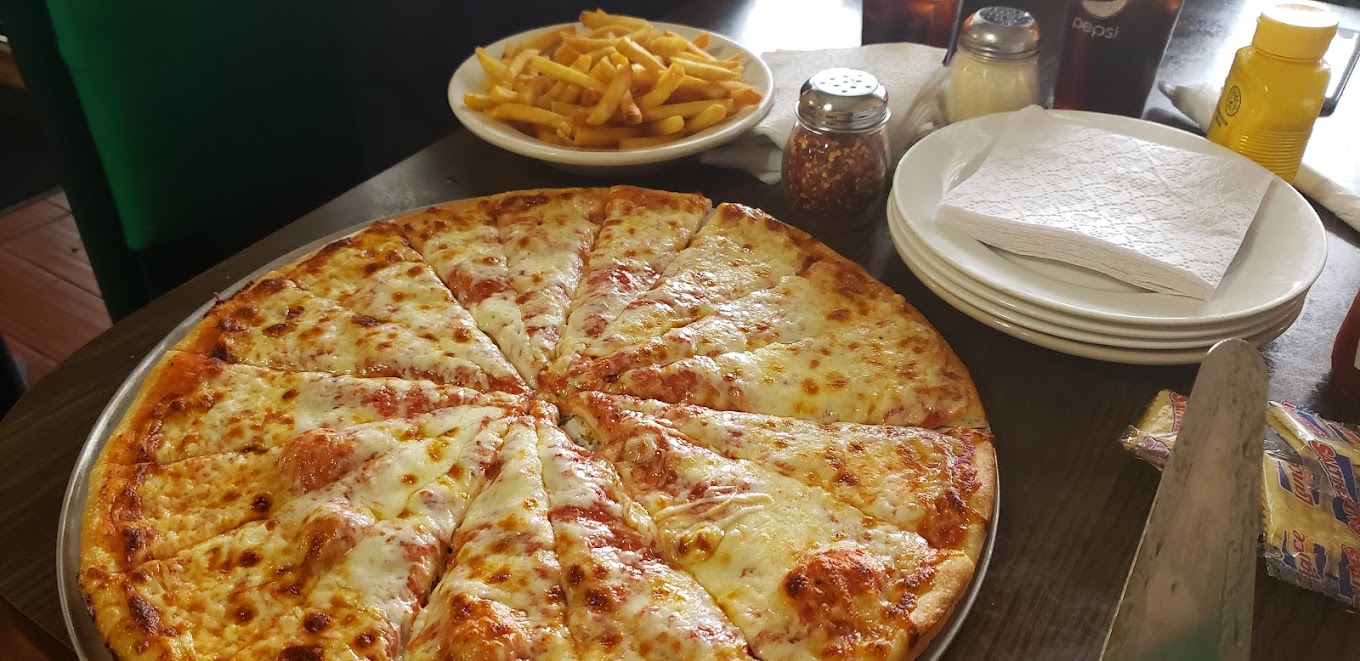Pizza is more than just a dish; it’s a cultural phenomenon that has transcended borders and become beloved worldwide. Its history is rich and varied, stretching back thousands of years to ancient civilizations. This blog will take you on a journey through time, exploring the evolution of pizza from its humble beginnings to the modern masterpieces we enjoy today.

The story of pizza begins in ancient times with the creation of flatbreads. Around 600 BC, the Greeks were baking flatbreads topped with various ingredients. These early iterations were simple, often made with flour, water, and oil, and may have been seasoned with herbs. The Greeks called this dish “plakous,” meaning “flat.”
Similarly, ancient Egyptians and Romans created their versions of flatbreads. The Egyptians, for example, used a process of baking flatbreads in the ashes of their ovens. Meanwhile, the Romans had a dish called “picea,” which was flatbread topped with cheese and other ingredients, akin to what we would recognize today as pizza.

The modern pizza as we know it began to take shape in Naples, Italy, during the 18th century. Naples was a bustling port city, and its population was growing rapidly. The working class needed affordable, quick meals, which led to the rise of street vendors selling flatbreads topped with various ingredients.
In 1889, the story of pizza took a significant turn when Queen Margherita of Savoy visited Naples. Legend has it that she was served a pizza topped with tomatoes, mozzarella cheese, and fresh basil—colors representing the Italian flag. This dish was named “Pizza Margherita” in her honor and marked the official birth of pizza as a culinary icon.

The Italian immigrants brought pizza to the United States in the late 19th and early 20th centuries. The first pizzeria in the U.S., Lombardi’s, opened in New York City in 1905, serving Neapolitan-style pizza. As more Italians settled in America, pizza gained popularity, especially in urban areas with large Italian populations.
By the 1940s and 1950s, pizza began to spread beyond Italian communities, becoming a staple in American cuisine. The post-World War II era saw an explosion of pizza restaurants across the country, and Americans began to put their spin on the dish, leading to the creation of regional styles.

As pizza spread across the United States, various regional styles emerged, each reflecting local tastes and ingredients.
Originating from the Neapolitan tradition, New York-style pizza features a thin, foldable crust that is crispy on the outside and soft on the inside. It is typically topped with tomato sauce and mozzarella cheese, often sold by the slice. This style became iconic in the 1950s and remains a favorite among pizza lovers.
In contrast to New York’s thin crust, Chicago introduced the deep-dish pizza in the 1940s. This style features a thick, buttery crust that lines a deep pan, filled with layers of cheese, toppings, and chunky tomato sauce. It is often referred to as a “pizza casserole” due to its hearty nature.
In the 1980s, California-style pizza emerged, characterized by its use of unconventional toppings and a focus on fresh, local ingredients. Chefs like Wolfgang Puck popularized this style by adding toppings like smoked salmon, goat cheese, and arugula, paving the way for gourmet pizzas.

Pizza’s popularity has led to adaptations around the globe. Each country has embraced the dish, putting their unique culinary spin on it. In Japan, for instance, you might find pizzas topped with eel and mayonnaise, while in India, you might encounter pizzas adorned with paneer and tandoori chicken.
In Brazil, pizza is often served with a sweet twist, topped with chocolate or banana. Meanwhile, in Turkey, the “lahmacun” is a thin flatbread topped with minced meat and herbs, showcasing the dish’s versatility.

In recent years, the pizza industry has seen a renaissance, with an emphasis on artisanal techniques and high-quality ingredients. Craft pizza makers are experimenting with sourdough crusts, gourmet toppings, and locally sourced produce. The rise of food trucks and artisanal pizzerias has also contributed to a booming pizza culture, where creativity reigns supreme.
With the growing awareness of health and wellness, many pizzerias now offer healthier options, including gluten-free crusts, vegan cheese, and organic toppings. This shift demonstrates pizza’s adaptability, catering to diverse dietary preferences while maintaining its appeal.

As we look to the future, pizza will undoubtedly continue to evolve. Technology is influencing how we enjoy pizza, with innovations like pizza delivery drones and automated pizzerias coming into play. The global pandemic also accelerated the trend of online ordering and contactless delivery, making pizza more accessible than ever.
From its ancient flatbread origins to the diverse and innovative styles we see today, pizza has traveled a long and fascinating journey. It has adapted to different cultures, tastes, and trends, proving to be a versatile dish that unites people across the globe. Whether you prefer a classic Margherita, a Chicago deep-dish, or a creative California-style pie, pizza remains a beloved staple in our culinary landscape.
As we celebrate pizza, let’s continue to explore its rich history and savor the deliciousness it brings to our tables, one slice at a time. So, the next time you indulge in a slice, remember the centuries of tradition and culture that have shaped this iconic dish!
Copyright © WeGoPizza | All rights reserved. Address: 1405 Marie Street, Laurel, MD 20707, USA.